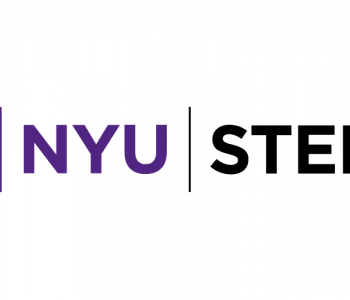 Product Management
Product Management
What comes after Zoom?
That’s not the most interesting question here but “why” people are in video and why they do what they do. When I teach about product, I always tell my students to ask the deeper why — some refer to it as the “5 whys” — to get to the core of why someone does and decides what they do. That’s the interesting question here.
The easiest one is “why do we have mute”? Shouldn’t it sense that I’m not talking and auto-block background noise (admittedly, only one use-case of mute)?
When Snap launched, there were infinite way to share images, but Snap asked a bunch of weird questions that no-one had really asked before. Why do you have to press the camera button – why doesn’t the app open in the camera? Why are you saving your messages – isn’t that like saving all your phone calls? Fundamentally, Snap asked ‘why, exactly, are you sending a picture? What is the underlying social purpose?’ You’re not really sending someone a sheet of pixels – you’re communicating. That’s the question Zoom and all its competitors haven’t really asked. Zoom has done a good job of asking why it was hard to get into a call, but hasn’t really asked why you’re in the call in the first place. Why, exactly, are you sending someone a video stream and watching another one? Why am I looking at a grid of little thumbnails of faces? Is that the purpose of this moment? What is the ‘mute’ button for – background noise, or so I can talk to someone else, or is it so I can turn it off to raise my hand? What social purpose is ‘mute’ actually serving? What is screen-sharing for? What other questions could one ask? And so if Zoom is the Dropbox or Skype of video, we are waiting for the Snap, Clubhouse and Yo.
https://www.ben-evans.com/benedictevans/2020/6/22/zoom-and-the-next-video









